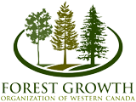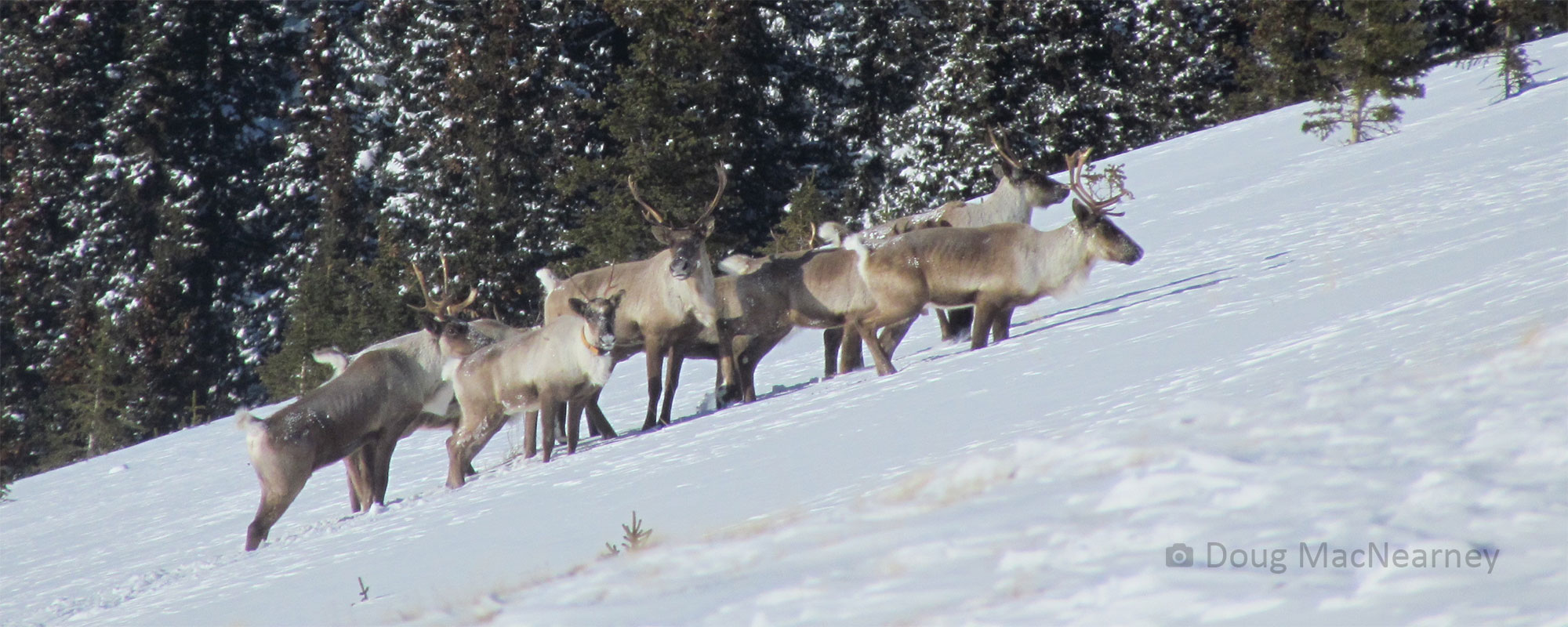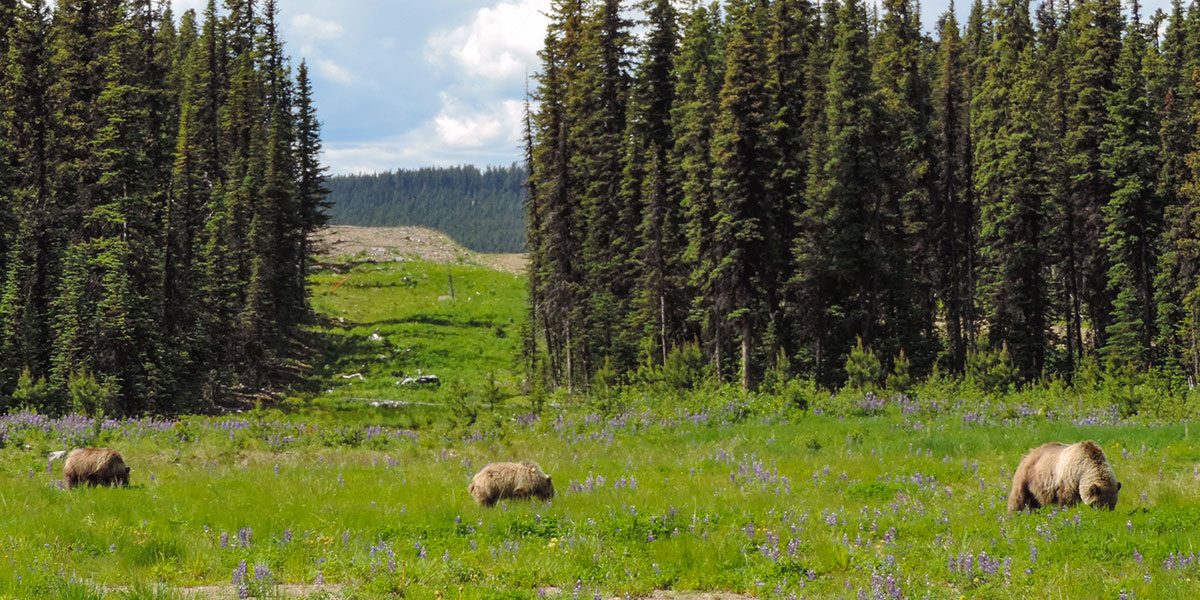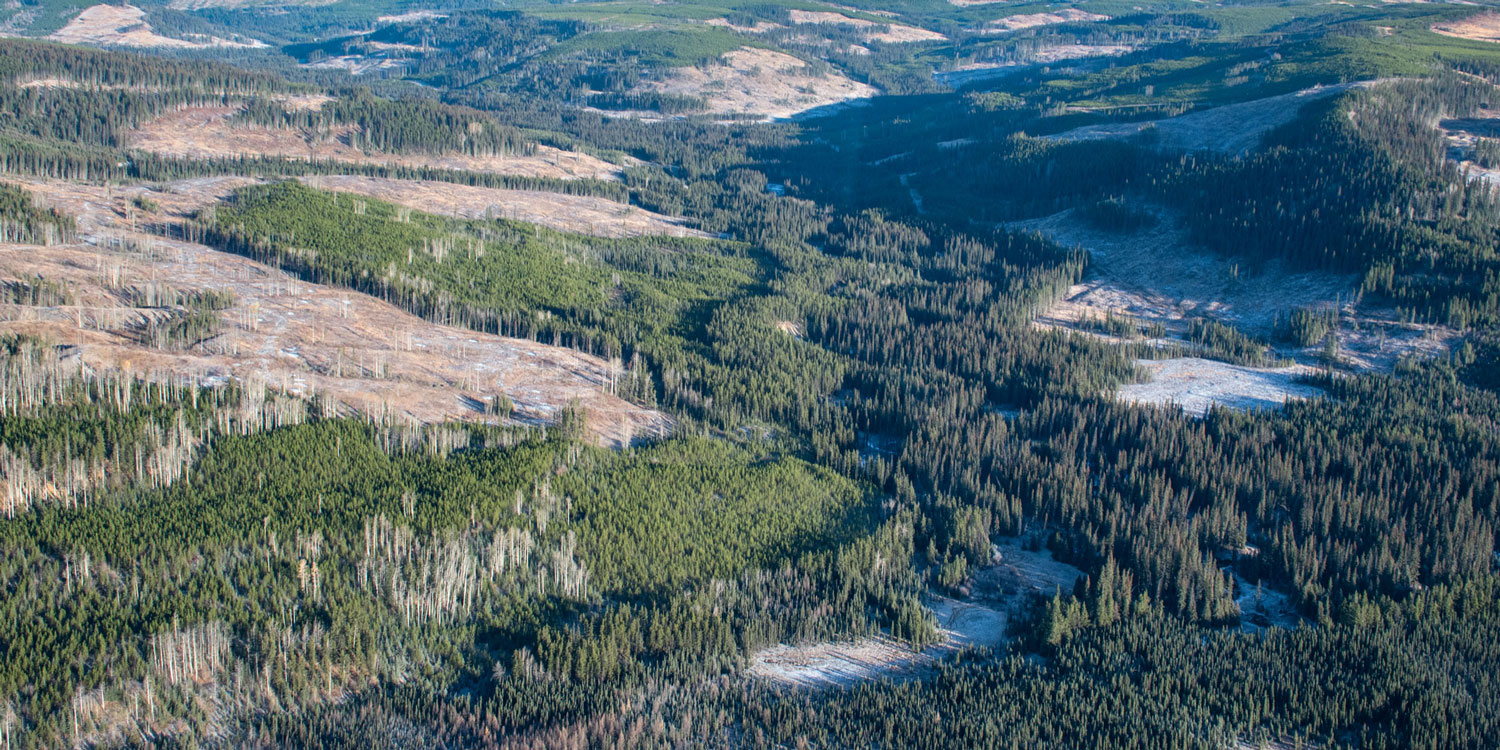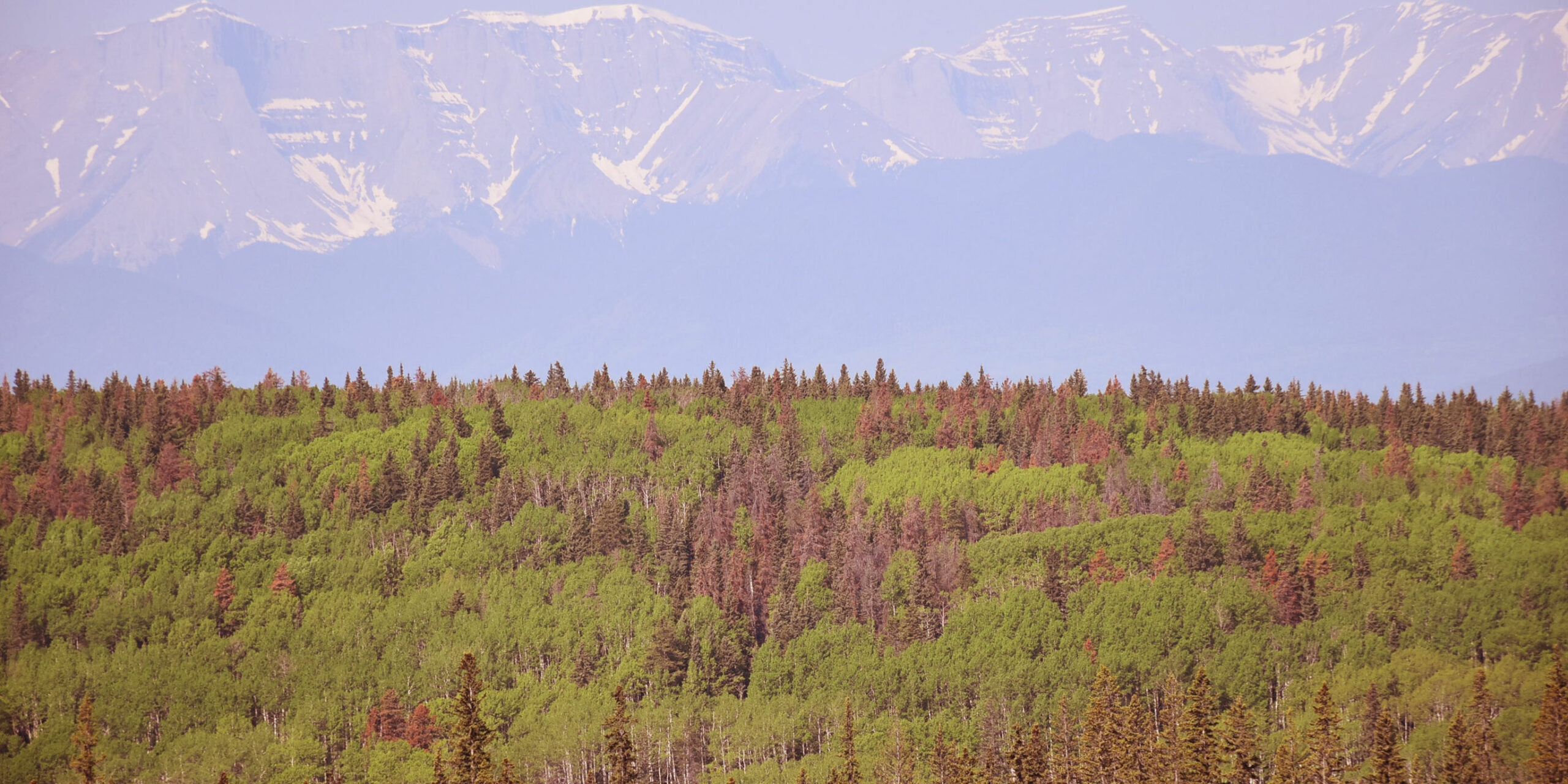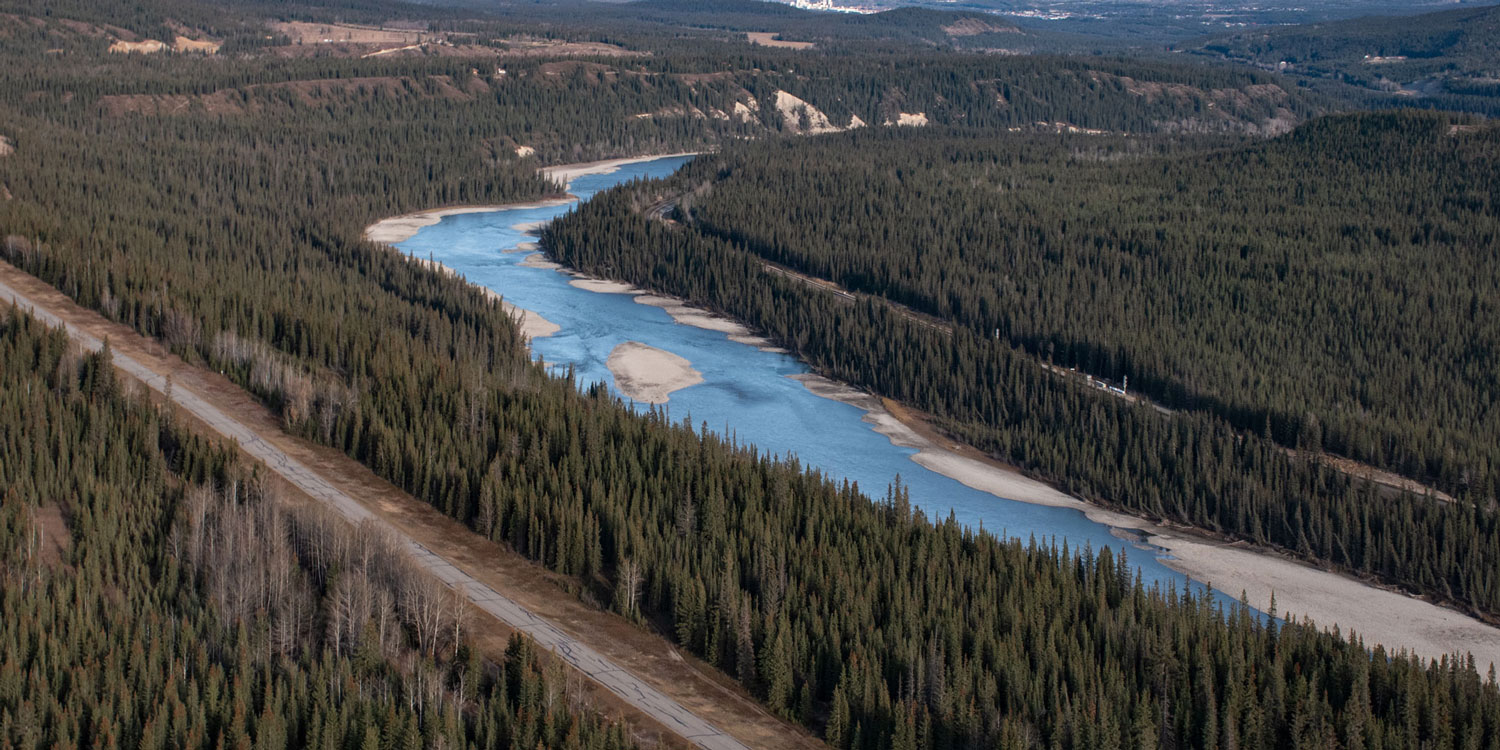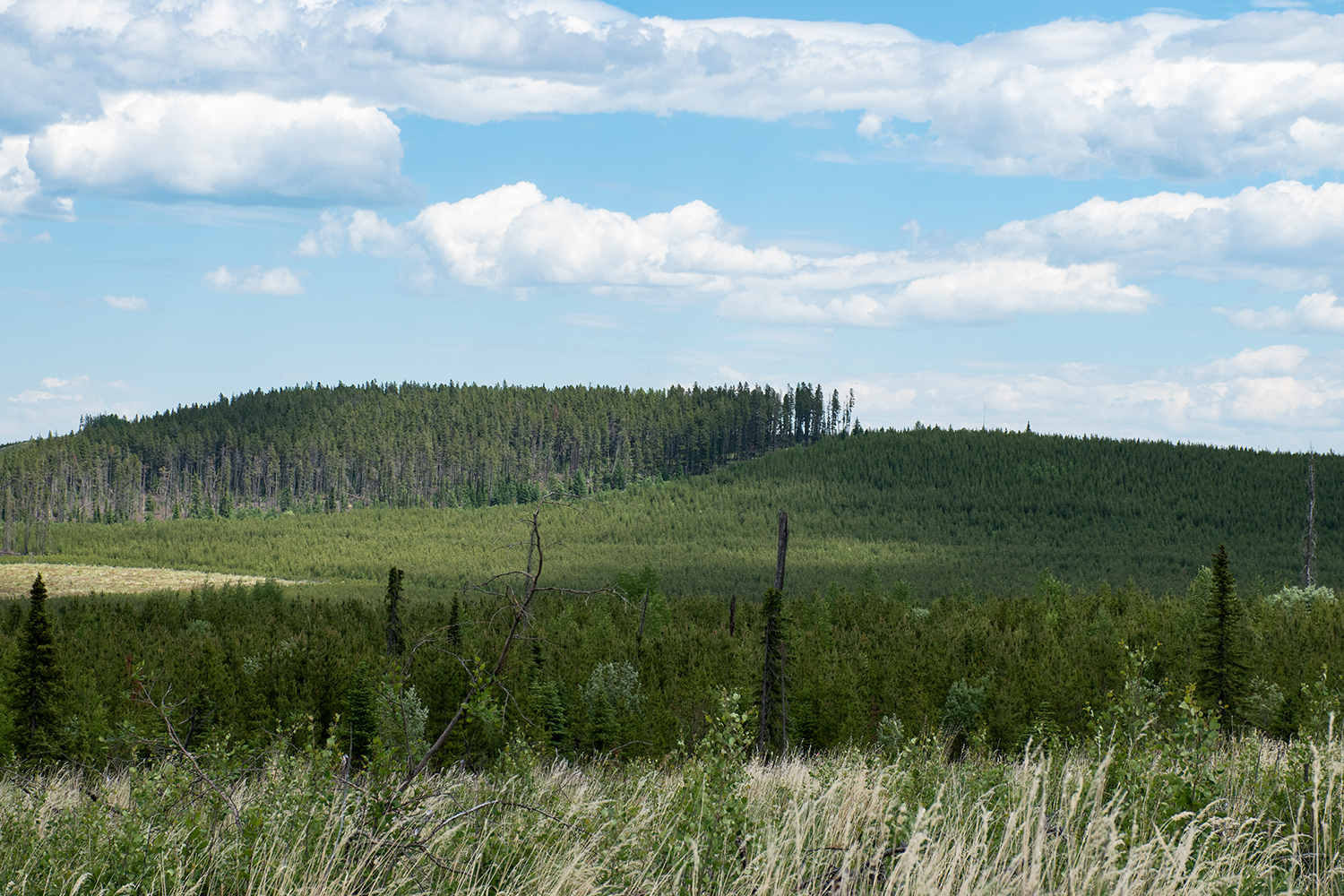
Presenters
Shuxiang Yang, M.Sc., FIT
Research Associate, University of Alberta
Benjamin Panes, M.Sc.
Research Associate, University of Alberta
Robert Froese, PhD, RPF
Professor and Endowed Chair in Forest Growth & Yield
Abstract
There are two growth and yield models approved in Alberta for regulated uses: GYPSY (Growth and Yield Project System; Huang et al. 2009) and MGM (Mixedwood Growth Model; Bokalo et al. 2013). We compared the performance of both models when applied to the same data, obtained from the Provincial Growth and Yield Initiative (PGYI). This extensive database includes more than 3,600 unique permanent sample plots each with at least two measurements, allowing comparison of observed to predicted growth. For natural stands the two models are largely unbiased, with mean prediction error of merchantable volume less than 3-8% in most cases. However, both models substantially underpredict volume in managed stands, exceeding 50% in some cases. Closer examination of the trends in model error with projection length and other potential explanatory variables reveals that site index and stand structure explain the greatest amount of variance. Likely because it is a stand-level model, GYPSY struggles with accuracy when structures are irregular, something easily accommodated by the individual-tree nature of MGM. The performance of both models is poor for black spruce, which may reflect errors in species classification in field or training data, or both, and the bias is particularly acute MGM. Comparisons of the GYPSY model with and without basal area localization show dramatic increases in bias and reductions in precision when localization is not used, suggesting localization is essential. Recommendations for model improvements and guidelines for model selection based on specific forest conditions will be discussed.
Short Bio
Shuxiang Yang is a research associate at the UofA G&Y lab since August 2023. He is currently project manager and lead analyst on a project to develop a regeneration model for mixedwood stands funded by FGrOW. Shuxiang completed his M.Sc. in physical hydrology at UBC in 2024 and holds a B.Sc.F. in Forest Resources Management also from UBC.
Benjamin Panes has been a research associate with the Growth and Yield lab since July 2023. He is currently the project manager and an analyst for several FGrOW research projects. Ben completed a M.Sc both at the UofA and the University of Padua, respectively in Forest Biology and Management and Forest Science, through a dual degree program in 2023. He also holds a B.Sc in Forestry from UNB and a Forestry Technician Diploma from Sir Sandford Fleming College.
Robert Froese is Professor and Endowed Chair in Forest Growth & Yield at the University of Alberta, assuming this position in 2021. He completed B.Sc.F and M.F. degrees at UBC in the 1990s, followed by his doctorate in Forest Science at the University of Idaho in 2003. Robert’s core values include the importance of knowledge in informing decisions people make about their place in the natural world. Since June 2023 Robert has served as Executive Director of FGrOW.
